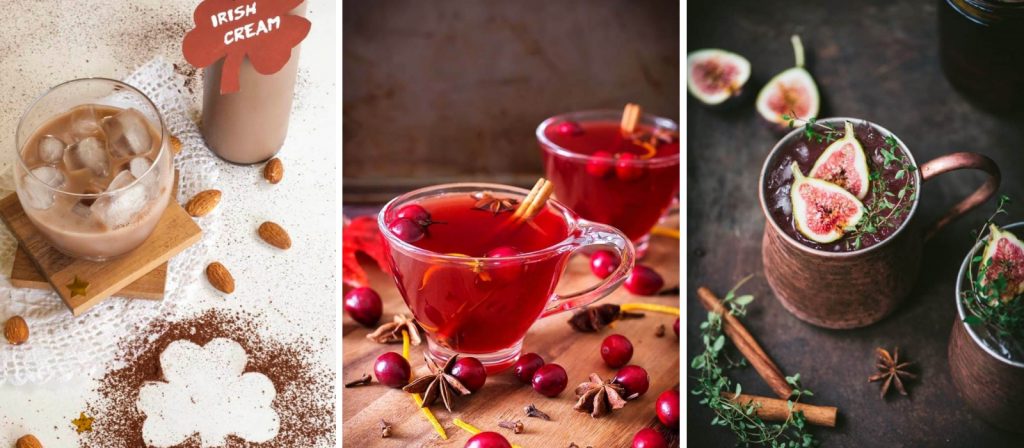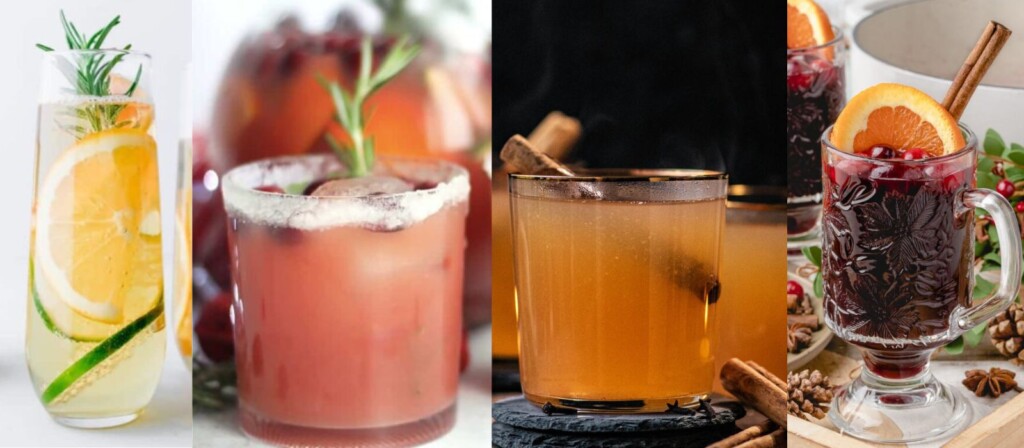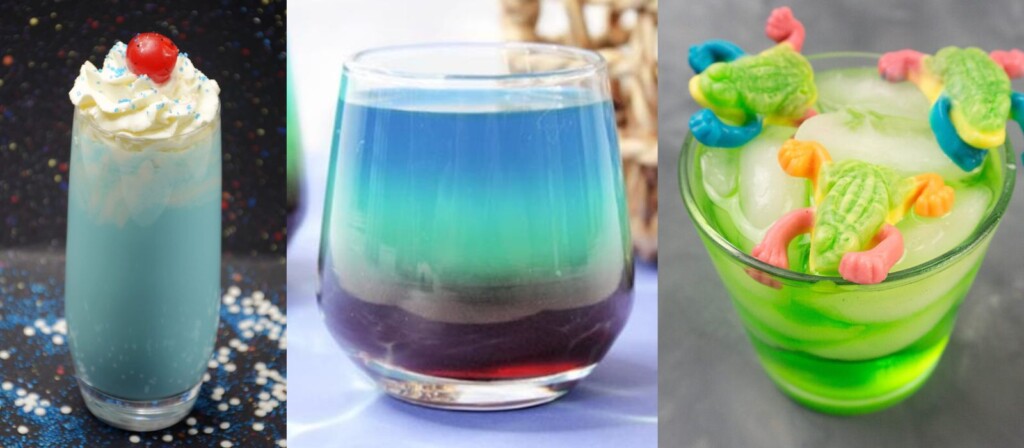Disclosure of Material Connection: Some of the links in the post above are "affiliate links." This means if you click on the link and purchase the item, I will receive an affiliate commission. Regardless, I only recommend products or services I use personally and believe will add value to my readers. I am disclosing this in accordance with the Federal Trade Commission's 16 CFR, Part 255: "Guides Concerning the Use of Endorsements and Testimonials in Advertising."
I don’t know about you, but the first wine I ever had, I didn’t like it. I thought it was very dry and tasted kind of like sweat. Boy have I come a long way in my description of wine. Wine is definitely an acquired taste, but you also have to choose the right wine to meet your tastebuds. Some of the most popular types of white wines may not be your first pick, but if you don’t learn about them, you will never know.
Many people think white wines are dry and flavorless or even disgusting. However, white wines can also be sweet, delectable, and some of the best wines out there. It’s all in how the wine is made, and the grapes that are used.
White Wine Facts
Before we get started on the most popular types of white wines, it is important to know a few facts to get you started. This will help you understand why each is popular.
- White wine can be made from white OR red grapes. What?! You read that right! So, what is the difference?! White wines are fermented without skins. The skins give the wine its color and some of its flavor.
- Grapes are juiced. Just like you juice any fruit, the grapes used to make wine are sent to a press to extract the juice. Kind of like grape juice.
- It is fermented. Basically the difference between grape juice and wine is that wine is fermented in tanks set at a low temperature. The natural fruit is preserved while the sugar and yeast is converted into alcohol and CO2.
- Oaked or unoaked? In the end, the winemaker decides to remove the wine and bottle it (unoaked) or let the wine age in barrels until malic acid is converted to lactic acid and then bottled (oaked).
The trick to white wines is determining which wine flavor and style you prefer. Although there are many popular varieties, each person has a different palette.
Popular Types of White Wines
Just because a white wine is popular doesn’t mean you will like it. Likewise, just because it is a white wine doesn’t mean you won’t like it. These popular types of white wines are made with various types of grapes and wine makers may have chosen to unoak them or to oak them.
Here are the most popular types of white wines in the world!
Chardonnay

Chardonnay is actually the world’s most planted white grape. It originated in Bourgogne, France. As you can probably tell, Chardonnay stands for the grape variety that is used in making this wine. Chardonnay is versatile and able to be grown in a variety of climatic conditions. Wines made with this grape varietal include:
- Burgundy Champagne
- Russian River
- Carneros
Of course wine is all about the taste, which is exactly what makes Chardonnay so very popular. However, knowing where you wine came from can tell you a lot about whether you will like the wine or not.
The Taste
Chardonnay has a different taste when grown in different climates.
- Cool climate: It is medium to light in body with high acidity, a steely minerality, and an apple and pear taste when grown in cool climates.
- Hot climate: However, when grown in warm to hot climates such as in Chile, Chardonnay can have a tropical fruit flavor and a higher alcohol content.
- Moderate climate: Alternatively in moderate climates such as California, Chardonnay will have more of a citrus, melon, or peach flavor.
- Oaked: If the wine is oaked, the Chardonnay will have more of a rich toasty, nutty, or butter flavor mixed with fresh fruit.
Chardonnay of all kinds pairs well with chicken, freshly baked quiche, and grilled or marinated shrimp and seafood.
Sauvignon Blanc
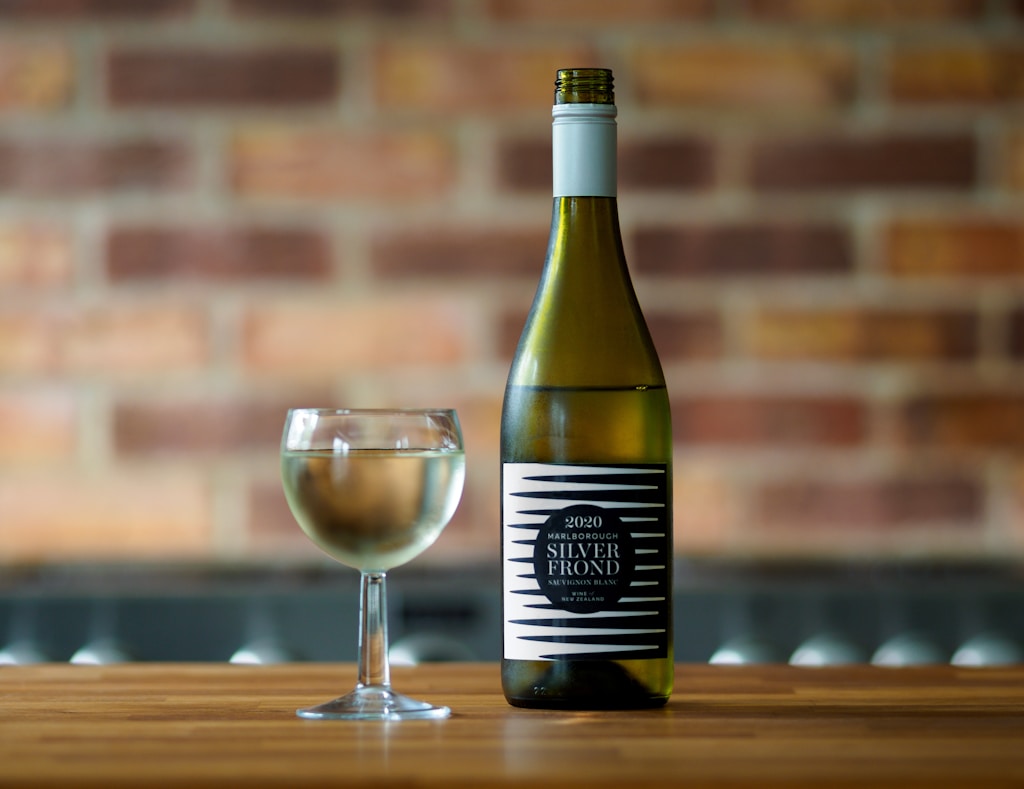
Another popular white wine is the Sauvignon Blanc. Sauvignon is the grape variety that is used in making the wine, however, it is usually blended with another grape: semillon. Sauvignon Blanc originated from the French origin. However, today you can find it being made in Bordeaux, the Loire Valley, New Zealand, California, South Africa, Chile, and other regions throughout the world.
Of course, Sauvignon is an acquired taste, so knowing where your grapes come from in making this wine is key to knowing the flavor you will like.
The Taste
Like other wines, the taste of Sauvignon Blanc depends upon the climate the grapes were harvested from.
- Cool climate: When grown in a cool or moderate climate such as in New Zealand, Sauvignon Blanc may have high acidity, green, herbaceous flavors with hints of fruit, passion fruit or elderflower.
- Moderate climate: In a moderate climate such as in California, the wine will have a peach and grapefruit flavor. However, in the Loire Valley it can be minerality with hints of lime.
- Unoaked: When Sauvignon Blanc is not aged, it also has a smokey quality with bright aromas and a strong acidic finish.
The best Sauvignon Blanc wines are grown in cooler climates. It pairs nicely with seafood, poultry or salads. Try it with crab cakes, japanese fare, or grilled trout.
Moscato
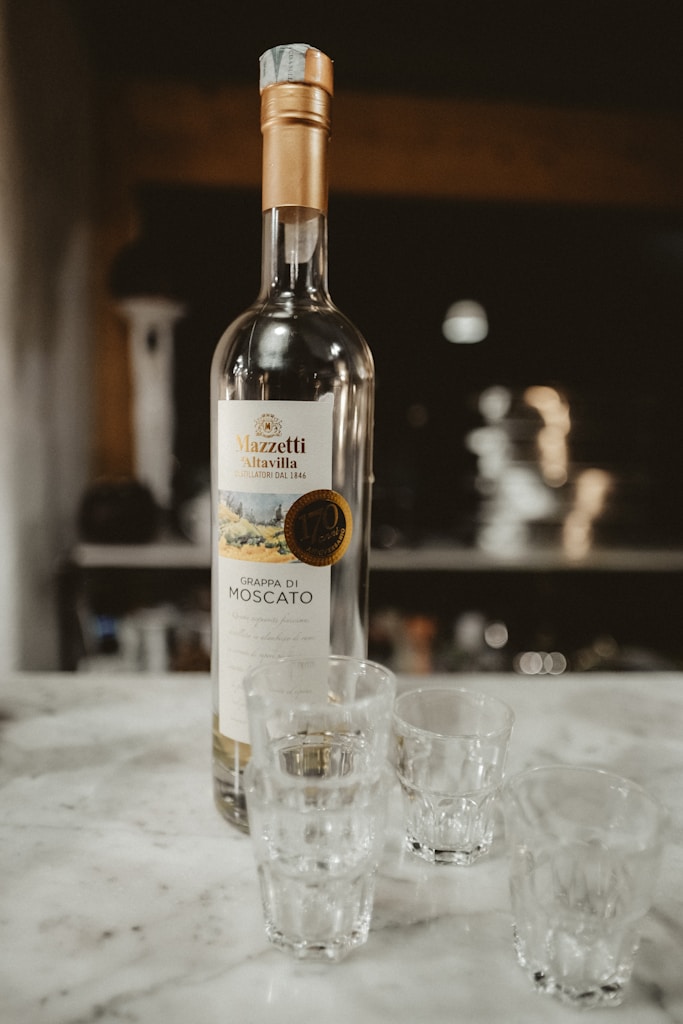
As one of my favorite wines, I would love to put Moscato at the top of the list. However, like all wines, Moscato is an acquired taste, therefore, its popularity is based on your palate. Moscato wines actually belong to a variety of grapes in the muscat family. Two of these grapes are:
- Moscatel
- Muscat Ottonel
Moscato is found in vine friendly climates such as Italy, Rhone Valley, and Austria. With Moscato the taste is usually the same no matter where you get it.
The Taste
I find Moscato to have a sweet, delectable taste in all varieties, but in some cases, it can have a different taste. Moscato is sweet and ALWAYS fruity. It has hints of grapefruit and a musky aroma. Moscato is actually one of the easiest of all wines to recognize by its taste.
Moscato is usually paired with dessert foods such as our Chocolate Cheeseboard, however, this sweet wine is best on its own. So, grab a glass and relax.
Riesling
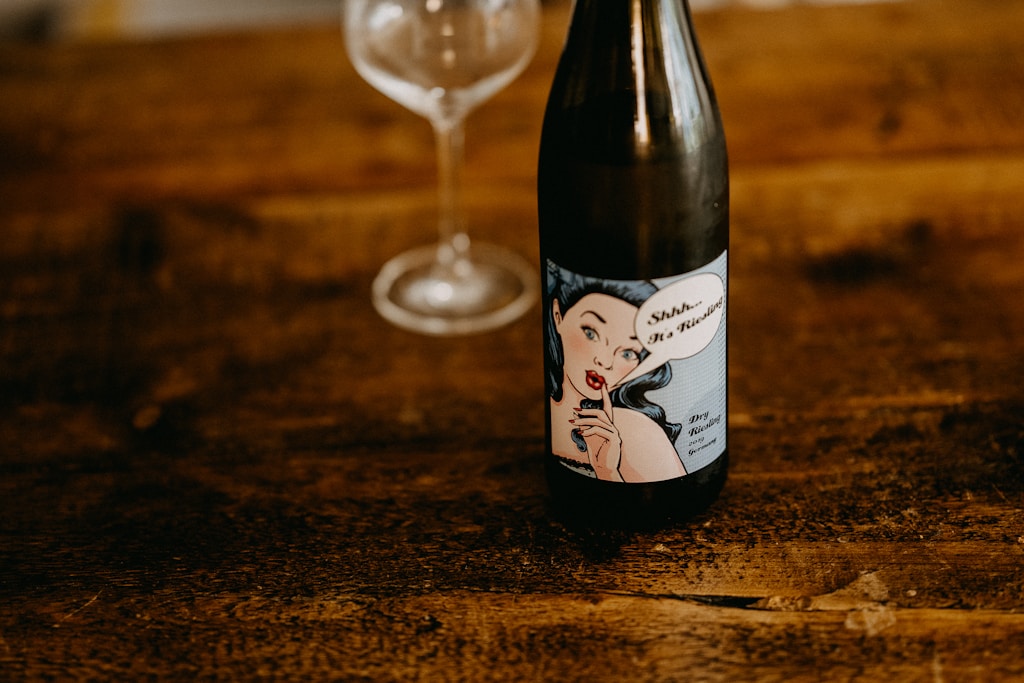
Another popular variety of white wine is the Riesling. This wine is most notably found in areas of Germany, but can also be found in Austria, France, Australia, and New York. Depending where the grapes are harvested, Riesling can be both dry and sweet.
Unlike Moscato, this wine’s taste does greatly depends on where it is made.
The Taste
Riesling wines can be found in a variety of styles and the taste ranges from dry to sweet. This is because Riesling grapes can ripen late and grow in a variety of climates. The most popular tastes may include flavors of lime, green apple, orange, jasmine, and petrol.
- Oaked or Unoaked: Riesling grapes actually do not benefit from malolactic fermentation, or aging. This means you can have the same taste even after keeping a bottle for 10 years.
- Cooler climate: In a cooler climate such as Germany, Riesling is made slightly sweet with a steely acidity balance.
- Moderate climates: In the Eastern U.S. and moderate climates, Riesling is equally aromatic, but unlike in the cooler climate, it is not sweet. Instead, you will find that it is more of a drier wine.
- Hot climate: In climates that are warmer such as California, Riesling is less successful. Although it is sweet, it does not have a sufficient acidity for balance.
You will find that Riesling pairs well with Asian food such as spicy Thai, suchi, or southwestern fare. You can also pair it with pulled pork, chicken piccata, halibut stew, and fresh seafood.
Which white wine do you like? We would love to know your thoughts in the comments below!


